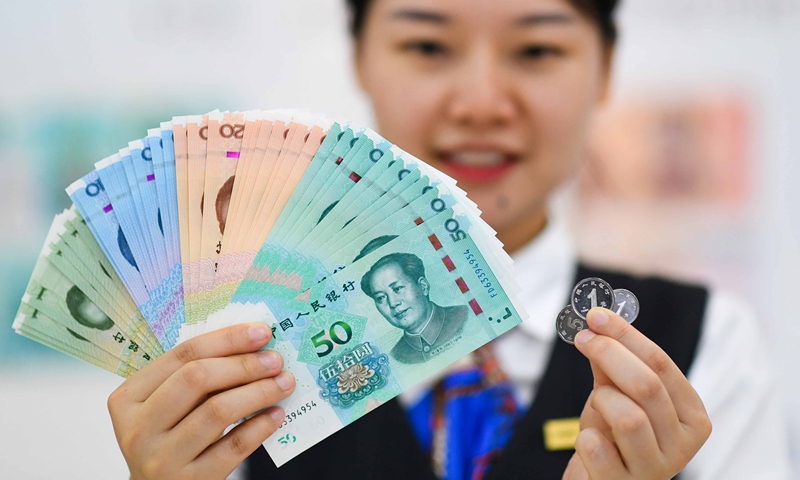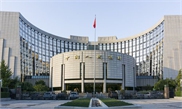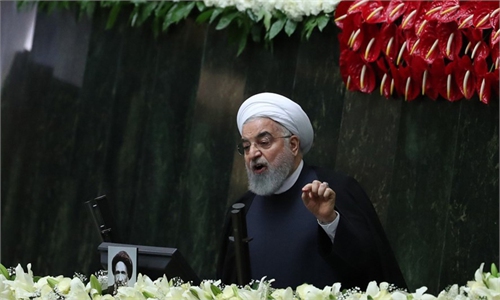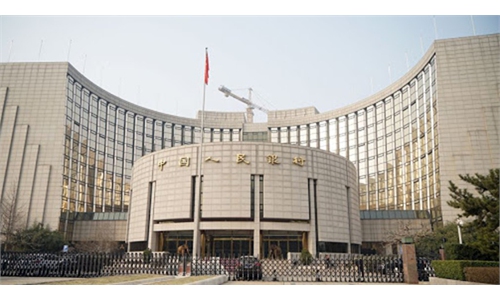
A staff member displays the banknotes and coins included in the 2019 edition of the fifth series of the renminbi at an Industial and Commercial Bank of China (ICBC) branch in Beijing, capital of China, Aug. 30, 2019.(Photo: Xinhua)
China stood pat on its benchmark lending rate for the 19th straight month at its November fixing, largely in line with market expectations. The one-year Loan Prime Rate (LPR) was set at 3.85 percent, while the five-year LPR was set at 4.65 percent, official data revealed on Monday.
The LPR is a lending reference rate set monthly by 18 banks, who submit a monthly quotation by adding a premium over the Medium-term Lending Facility rate. It is also seen as China's de facto benchmark reference rate for lending by Chinese banks.
China has kept the LPR unchanged for nearly 20 months. The last time that the country adjusted its LPR was in April 2020, when China lowered the one-year LPR from 4.05 percent to 3.85 percent.
The latest LPR data was mostly in line with market expectations, as 21 out of 23 participants in a recent Reuters poll expected no change in either rate, according to a Reuters report in November.
The unchanged LPR also reflected the stability in China's monetary policy despite external pressure to address financial risks. According to the third quarter monetary policy report released by the People's Bank of China recently, China's monetary policy stance will be "flexible and precise-targeted, appropriate and moderate." It didn't mention staying away from capital flooding as in past reports, but experts insisted that this does not mean China's monetary policies will shift toward a looser posture. Instead, the tone of stability has never changed in China's monetary policy direction this year.
The IMF has recently pressured China to address its financial risks in a "clear and coordinated fashion" and temporarily shift its fiscal policy to a neutral stance from this year's "contractionary" approach, according to a recently released statement.
The IMF also noted that China's rapid withdrawal of policy support has been one reason behind its economic slowdown. It expects China's economy to grow 8 percent this year and 5.6 percent next year.
Global Times



